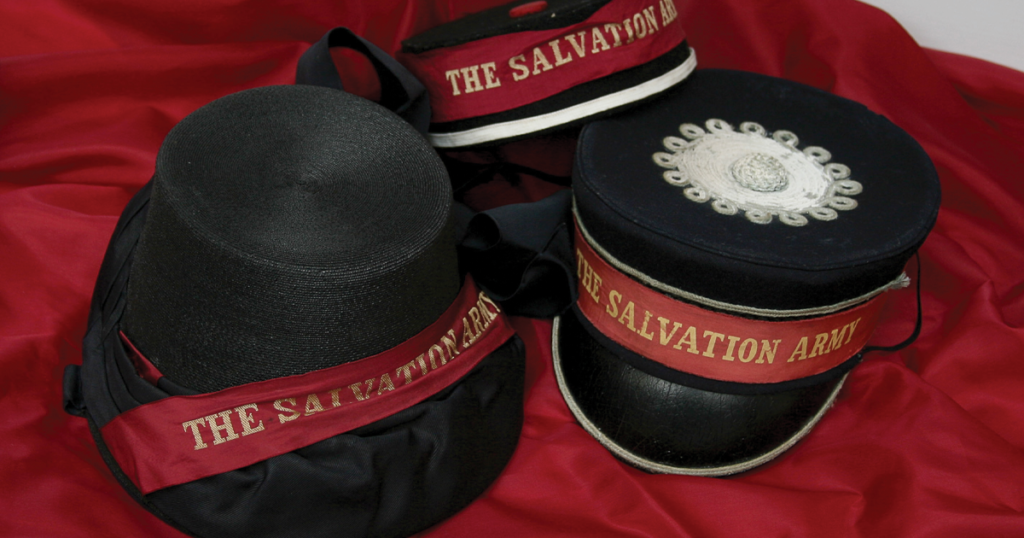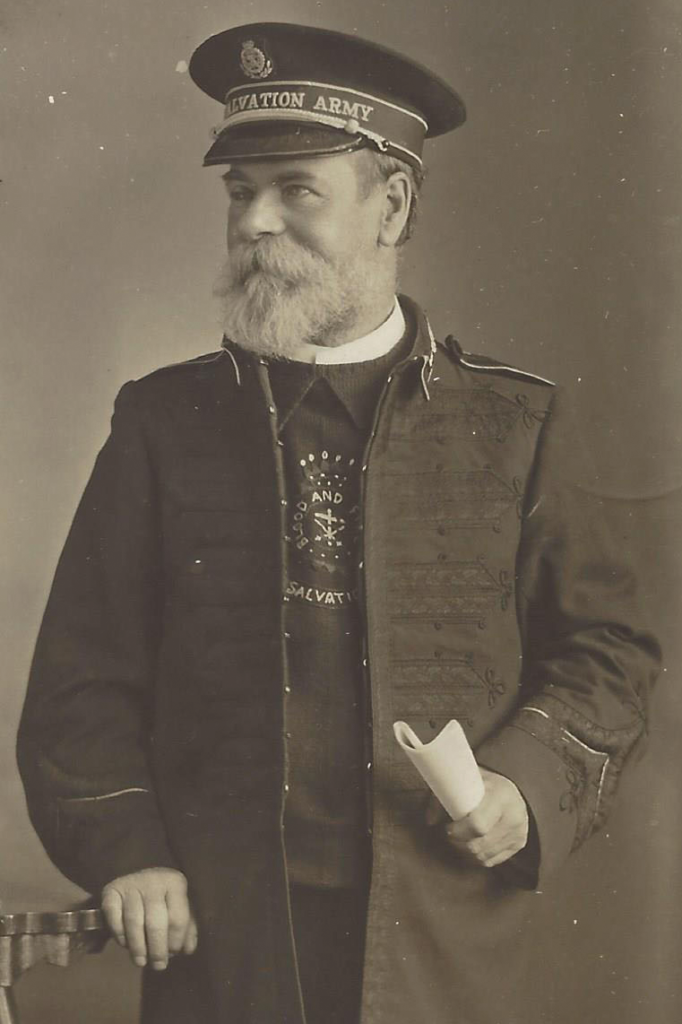The Warrior’s Wardrobe
Pioneer Salvationists were proud of their uniforms because of what they stood for, and the reasons for wearing a uniform today are unchanged.
Among the early days of The Salvation Army, those godly go-ahead daredevils took their appearance very seriously. They did not dress to impress, but to express that they were in a daily battle with their enemies: Satan and sin. It was Captain Elijah Cadman who said, “I would like to wear a suit of clothes that would let everyone know I meant war to the teeth and salvation to the world.”
Their uniform showed not only their availability to those that needed help, but also, it showed their responsibility in witnessing to the work of Jesus in their lives.

From the beginning of the uniform, it singled out those who wore it to make a stand in their day. The early Salvation Army was persecuted immensely. Those who wore the uniform became targets and had missiles (such as rotten eggs, bricks and rotten fruit) thrown at them.
It was the Army mother, Catherine Booth, who chose black straw bonnets that were cheap, durable and protective, for the women to wear. A band of black silk and string ties formed the trimmings, and later a red band was added with “The Salvation Army” on it. These bonnets provided welcome protection from the items being thrown at them.
The men, however, would wear a cap with the words “The Salvation Army” emblazoned on the rim. Pioneer Salvationists were proud of their uniforms because of what they stood for, and the reasons for wearing a uniform today are unchanged: to show a commitment to a war against evil, to tell a personal testimony to the wearer’s own Christian faith, to signify to those in need that the wearer is available to help or listen. Are you wearing your warrior’s wardrobe today?
Photos courtesy of National Archives







